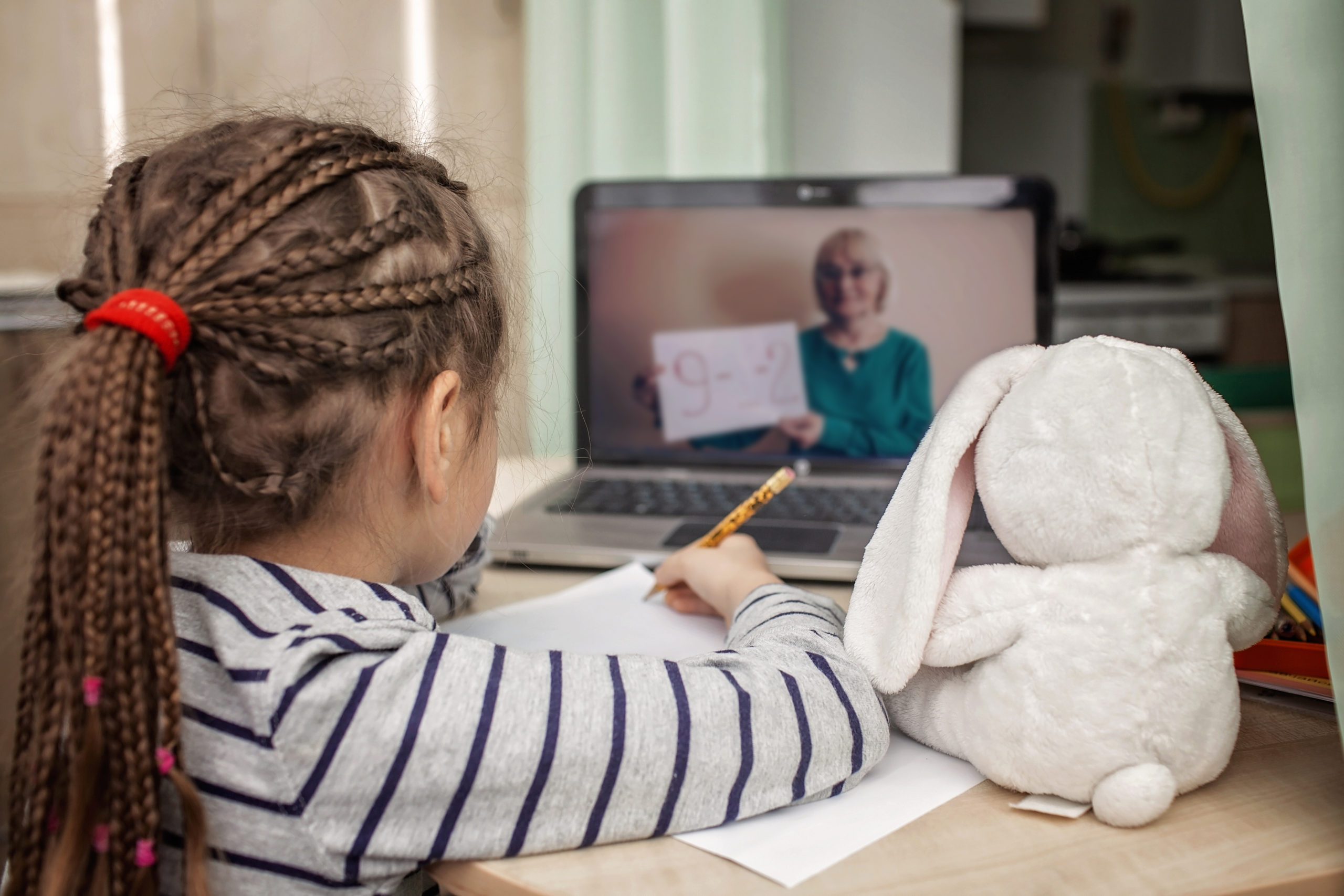Minnesota’s K-12 public schools will remain closed and continue distance learning through the end of the school year to limit the spread of coronavirus, Gov. Tim Walz announced Thursday afternoon.
Speaking to Minnesota’s teachers as a former teacher himself, Walz said, “I know what you’re doing and I know what you’re losing” by not having students in physical classrooms.
As previously planned, student instruction will not be held on May 1 and May 4. These days have been designated for schools to plan. View new executive order.
Under the previous executive order, students were set to return on May 5. The state’s public schools have been closed since mid-March when the governor first called for a planning period to prepare for distancing learning in response to the COVID-19 pandemic. View all executive orders.
“We know educators across the state are going above and beyond to reach and teach students,” Minnesota Education Commissioner Mary Cathryn Ricker said.
The news came as the Minnesota had it largest number of confirmed cases and deaths. There were 223 new positive COVID-19 cases confirmed in the past day, bringing the total cases to 2,942. Now, 200 people have died from COVID-19 in Minnesota.
Disparities
School leaders have raised concerns about the impact distance learning has on students, particularly already at-risk populations. The Minnesota Department of Education (MDE) acknowledged that distance learning does disproportionately affect certain student groups and is seeking to provide additional support for schools.
This pandemic has exasperated racial, economic and geographic disparities, Walz said before announcing the extended closure on Thursday. The new executive order outlines additional engagement efforts school districts need to add to their distance learning plans and publish on their websites by May 5. Efforts include:
- Addressing communication pathways with student families
- Community input on student and family needs
- Other outreach opportunities
View the MDE guidance released Thursday on implementation of distance learning.
Focus Areas
MDE identified key focus areas to support schools in the coming weeks:
- Providing special accommodations for key student groups
(ie: Special Education, English Language Learners, Low-Income) - Building and maintaining student relationships in a distance learning model
- Expanding access to technology to close the digital divide
- Supporting the safety and well-being of students
“We can and must do more to ensure that every child is receiving the education they deserve. Even during these times. Even when it seems impossible,” Ricker said, calling on educators to continue to be “radically student centered” as they finish off the school year with a distance learning model.
Support for Schools
MDE plans to provide professional development around these key focus areas. On May 1 and May 4, the days identified for school planning statewide, MDE will host webinars for school staff on research and best practices for building and maintaining student relationships in a distance learning model. MDE seeks to promote collective and collaborative professional learning across school districts in the state.
“I know the days can be long and the work is challenging, but I know we are up for it,” Ricker said to school leaders.
School-age care for children of critical workers will still operate on May 1 and May 4, unless these were previously-scheduled non-school days in the school district.
MDE plans to issue further guidance on handling this extended period of distance learning in the coming days and weeks.
Technology
On Wednesday, MDE called on school superintendents to provide data on technology access in their school districts, including counts on access to devices and Internet before distance learning began and now. Deputy Education Commissioner Heather Mueller emphasized the importance of all schools responding to the survey so that the state has accurate information to identify needs and next steps.
Social Distancing
The stay at home order remains in effect until May 4. Gov. Walz said Minnesota will continue to take a data-driven approach in its response to COVID-19. He shared the key factors driving decision making in Minnesota on loosening restrictions include: public health, social distancing and societal well-being.
Gov. Walz said the state is not ready to make a call on returning to school in the fall.
……………………………..
Stay Connected
Stay apprised of resources and news on COVID-19 for schools at: MREAvoice.org/covid19





